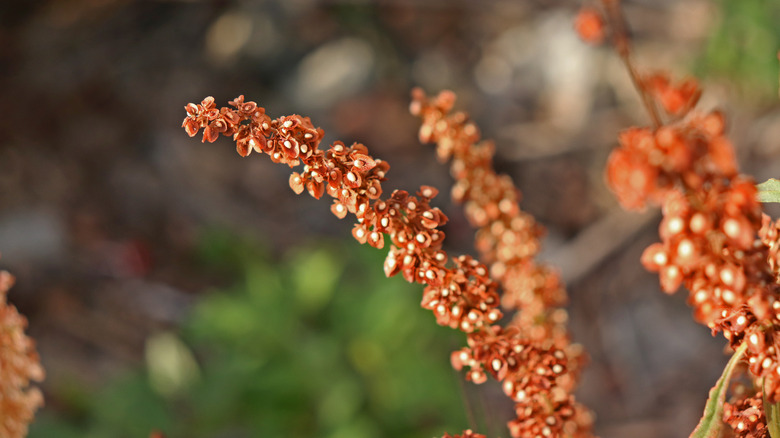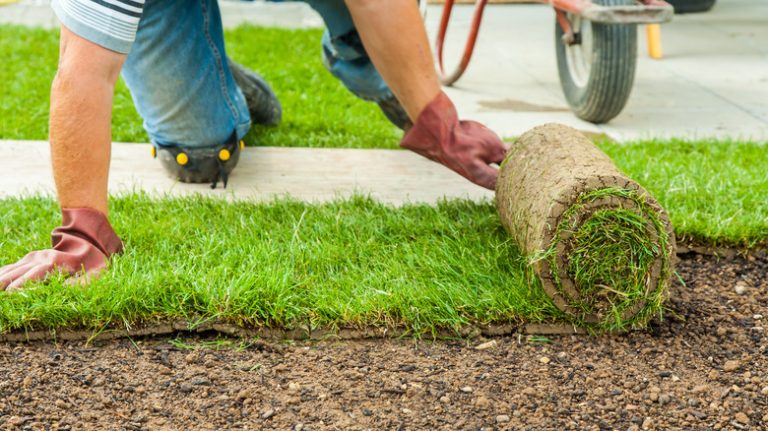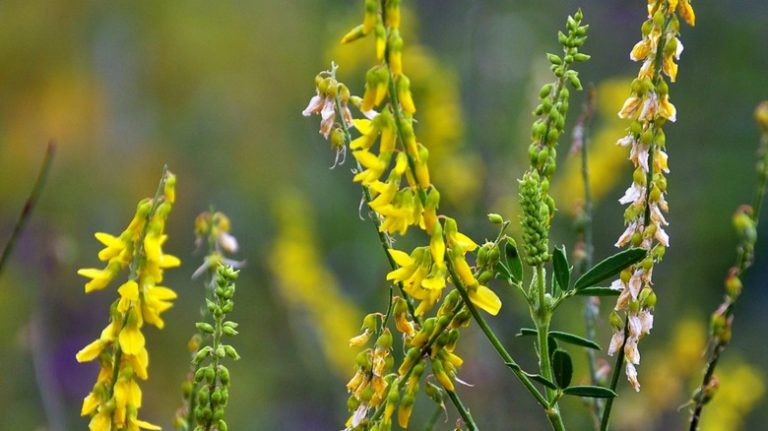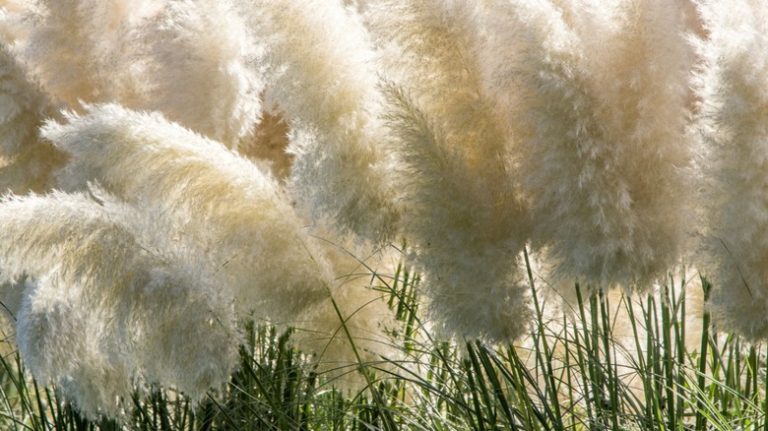If curly dock has invaded your lawn, you have a few routes for tackling it. You can mow it down or use a shovel to remove it, but herbicides are often the most effective for lasting results. Since curly dock is a perennial weed, it can persist unless properly managed. It sports broad, lance-shaped leaves that can make it appear somewhat ornamental. But don’t be fooled; mature plants can grow as tall as 4 feet and become quite the eyesore. When trying to identify this common weed, the leaves are your first clue. They have a curled or wavy outline, giving the plant its name. The robust and reddish-brown stems hold up clusters of small flowers that evolve into a distinctive reddish color as they mature.
This plant is more than just a visual nuisance; it’s a significant competitor for your lawn’s resources. The extensive root system of the curly dock allows it to absorb water and nutrients efficiently, often outcompeting your grass for these essential elements. As a result, you end up with a patchy, unhealthy lawn that’s nowhere near the lush, green carpet you envision. And let’s not forget: being a perennial means this pest is in for the long haul. It’s not just a seasonal annoyance; it’s a long-term issue that requires prompt action for sustainable lawn health.
The mechanical route—mowing and shoveling
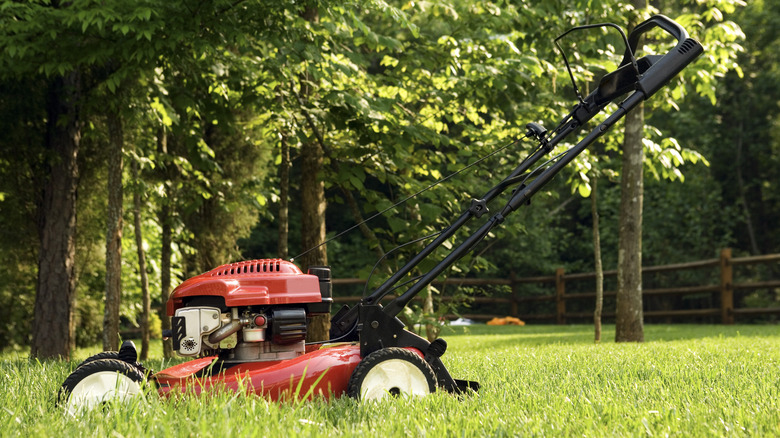
Mowing is often your first defense when dealing with a curly dock problem. It’s quick, it’s easy, and you probably already have the necessary equipment in your shed. When you mow, you essentially cut off the plant’s ability to reproduce by seed. This is essential for slowing down its spread across your lawn. Mowing also weakens the plant by reducing its foliage, which it uses for photosynthesis. But let’s get one thing straight: mowing is a control measure, not a complete eradication method. It is a surface-level solution because curly dock’s extensive root system enables it to regrow. It’s like getting a haircut; you look different for a little while, but eventually, your hair grows back.
For a more hands-on approach, dig up the plant, targeting a spot at least 2 inches below the soil surface. This method ensures you remove a significant portion of the root system, reducing the chances of regrowth. The key here is precision. Cutting too shallowly means you’ll be back in the same spot a month from now, battling a new batch of curly dock. While it may be tempting to yank the weeds out with your hands, avoid hand-pulling. Doing so often leaves root fragments in the soil, inviting new plants to emerge. Similarly, using livestock for grazing as a control measure is not advisable. Livestock might enjoy a nibble, but they’re also ingesting toxic compounds found in the curly dock, risking their health.
The chemical strategy — herbicides

If mechanical methods like mowing and shoveling aren’t cutting it — especially in large, stubborn infestations — weed killers and herbicides become your next go-to options. Specifically, you’ll want products containing 2,4-D and dicamba, like Ortho WeedClear Weed Killer Concentrate. These chemicals function by mimicking plant hormones, causing abnormal growth in the curly dock that ultimately leads to its demise. But timing is everything. Apply the herbicide when the plants are in active growth but haven’t yet produced seeds. Let’s not overlook the importance of age and health when it comes to how effectively the herbicide works. Younger curly dock plants are usually easier targets, succumbing more readily to chemical treatment. Older, more established plants? They’re a bit more resilient and might necessitate multiple herbicide applications for thorough eradication.
But remember, you must pay close attention to the manufacturer’s guidelines for applying these chemicals. Ignoring these can result in ineffective treatment or, worse, harm to your lawn. Furthermore, safety should always be your priority, so use gloves and any protective clothing you might need to minimize skin contact with the herbicide. Additionally, think about the impact on surrounding greenery — when applying the herbicide, focus solely on the curly dock plants and avoid any drift that could negatively affect the desirable plants and grass surrounding them. In other words, exercise caution and be precise in your application, and you’ll be well on your way to reclaiming your lawn from this invasive, troublesome weed.

